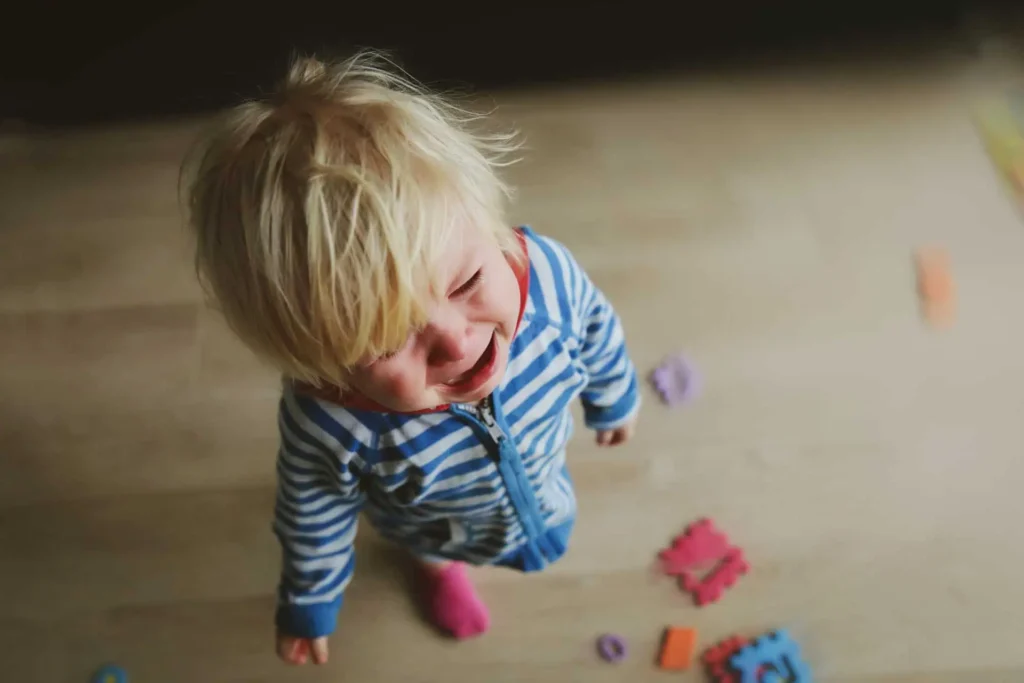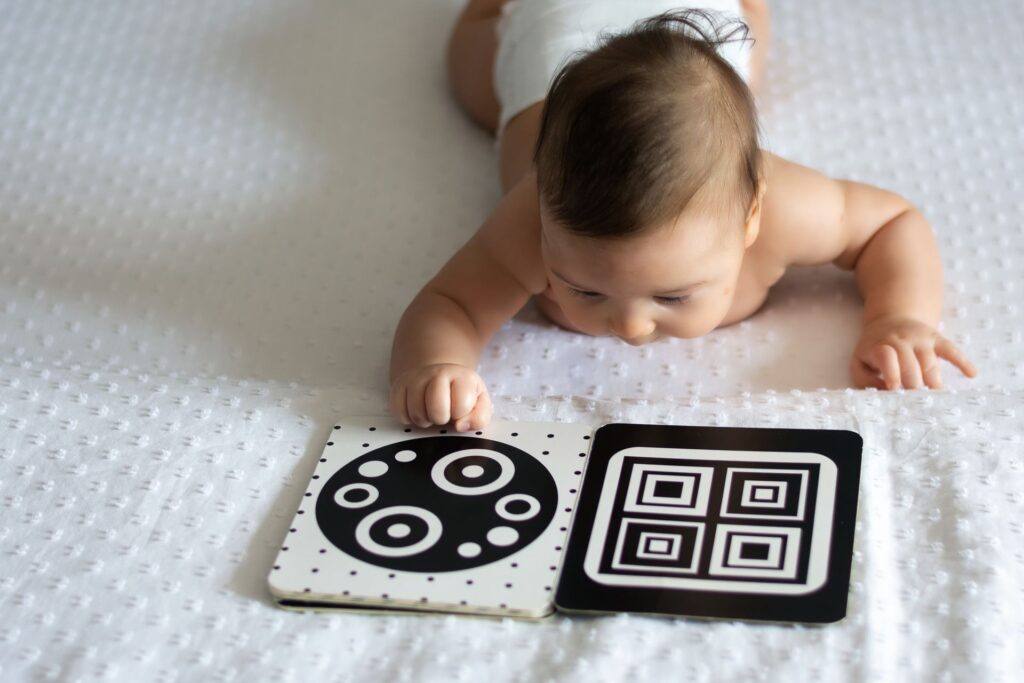 First, the alarming news: cleft
First, the alarming news: cleft
lip and palate (CLP) occur in one
in 700 births in North America,
making them among the most
common major birth defects. But
there is also good news: both are
entirely treatable. With surgery
and pre- and post-op care, most
children born with CLP go on to
live completely healthy, normal
lives, with barely a scar to remind
them of their early days.
A cleft is a fissure, or gap. A
cleft lip is a split in the upper lip,
between the mouth and the nose.
The cleft can be unilateral (on one
side only) or bilateral (on both
sides).
A cleft palate occurs when the
roof of a child’s mouth has not
fused completely; cleft palates can
also be unilateral or bilateral, and
vary in size and severity. Cleft lip
and palate can occur independently
or together. These birth defects
occur during the first trimester of
pregnancy.
What causes CLP?
The reasons aren’t totally clear;
some studies have found increased
risk among expectant mothers who:
- smoke or drink alcohol
- are older
- have a family history of clefts
(on either side of the family). But
much of the time, the causes are
unknown.
If your baby is born with a
cleft lip or palate, there will be
an examination immediately
after birth by a pediatrician or
midwife, who may recommend
X-rays, bloodwork or ultrasounds
to see how the other organs are
functioning. They will also try to
determine whether your baby is
among the five to eight percent of
children with CLP who also have a
larger genetic disorder.
Future treatments
You will then likely be referred
to a team of specialists who deal
with CLP, including an ear, nose
and throat doctor, a speech and
language pathologist, and an
audiologist. Babies with CLP
can have feeding difficulties, and
often need to drink from specially
adapted bottles. Other common
problems include recurrent ear
infections, dental abnormalities
and speech difficulties.
If your baby has a cleft lip, he
will have surgery to repair it when
he is around three months old. If
he has a cleft palate, the surgery
is performed between nine and
12 months of age. In some cases,
subsequent surgeries are required
for kids with cleft palate, to deal
with speech or dental issues.
With proper treatment,
coupled with a supportive home
environment, Canadian kids born
with CLP will grow up just like any
other child.
Facing the future
with dignity
- Babies born with
CLP need immediate
treatment and care – and,
depending on where they
live, that doesn’t always
happen. “In Canada we
are very fortunate,” says
Estaban Lasso, executive
director of Transforming
Faces, a Canadian
charity that promotes
access to CLP care to kids
and adults in developing
countries. “When
a child with CLP is born
in Canada, they see a
specialist team in less
than 48 hours. There are
30 CLP specialists at Sick-
Kids Hospital in Toronto
alone. But in developing
countries, the parents are
often shocked and they
feel guilty and isolated.
Sadly, this can lead to
infanticide, especially in
countries like China and
India.”
- CLP is more common
in Latin and East Asian
populations. In some
developing countries, the
frequency is as high as
one in 500.
- Transforming Faces’
mission is to “close the
gap in CLP care” around
the world. They provide
surgical treatment and
follow-up care to the kids
and their families. “Some
kids require speech
therapy for many years. So
their needs don’t just end
with the surgery,” says
Estaban.
- Since it was established
in 1999, the charity
has helped more than
10,000 kids from seven
different countries: Peru,
Argentina, Ethiopia,
Ghana, China, India and
Thailand.
- “We put a lot of value
on training people from
those countries – establishing
medical teams that
can provide ongoing care.
Transforming Faces is
about more than surgery.
It’s about transforming
lives,” says Estaban.
Originally published in ParentsCanada magazine, November 2012.









